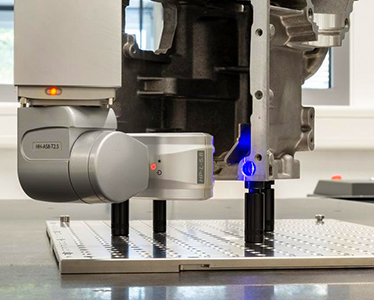Call Us
+86-19858305627
Email Us
sales@maple-machinery.com
What is the difference between carbon steel and cast steel?
2022-04-21
The two more common alloys used by any steel foundry must be carbon steel and cast steel. While these terms are similar in nature, there are key differences in their meaning and their use in the sand casting process.
Among all types of steel, there are different cast steel grades that determine the specific properties of the steel, which help determine their strengths and weaknesses in certain processes. Carbon steel is a material used in general steel castings, and its carbon content can reach up to 2.1%. Once the carbon content of the alloy exceeds 2.1%, it is considered cast iron.
cast steel
Cast steel is a carbon steel, usually with a carbon content of 0.1-0.5%. This is a commonly used alloy steel known for its good impact resistance properties. Cast steel is not easy to deform, break or bend when it is subjected to frequent or sudden shocks.
Cast steel is known for its ability to withstand high stress and strain. In fact, this impact resistance is one of the main advantages of using cast steel compared to cast iron. The combination of strength and ductility of steel makes it a prime material in mechanical and structural applications because of its ability to withstand heavy loads. This is why steel castings are one of the most commonly used metals in the world.
carbon steel
Carbon steel is also known for its resistance to corrosion, especially when protective measures are used during regular maintenance. It's also abrasion resistant, helps extend shelf life, and results in long-lasting casting. Typically, the carbon content in a carbon or cast steel will determine the hardness of the material, with grades ranging from mild steel, standard steel to high carbon steel.
Among all types of steel, there are different cast steel grades that determine the specific properties of the steel, which help determine their strengths and weaknesses in certain processes. Carbon steel is a material used in general steel castings, and its carbon content can reach up to 2.1%. Once the carbon content of the alloy exceeds 2.1%, it is considered cast iron.
cast steel
Cast steel is a carbon steel, usually with a carbon content of 0.1-0.5%. This is a commonly used alloy steel known for its good impact resistance properties. Cast steel is not easy to deform, break or bend when it is subjected to frequent or sudden shocks.
Cast steel is known for its ability to withstand high stress and strain. In fact, this impact resistance is one of the main advantages of using cast steel compared to cast iron. The combination of strength and ductility of steel makes it a prime material in mechanical and structural applications because of its ability to withstand heavy loads. This is why steel castings are one of the most commonly used metals in the world.
carbon steel
Carbon steel is also known for its resistance to corrosion, especially when protective measures are used during regular maintenance. It's also abrasion resistant, helps extend shelf life, and results in long-lasting casting. Typically, the carbon content in a carbon or cast steel will determine the hardness of the material, with grades ranging from mild steel, standard steel to high carbon steel.
Previous: Forging process of steel forging
X
We use cookies to offer you a better browsing experience, analyze site traffic and personalize content. By using this site, you agree to our use of cookies.
Privacy Policy























































